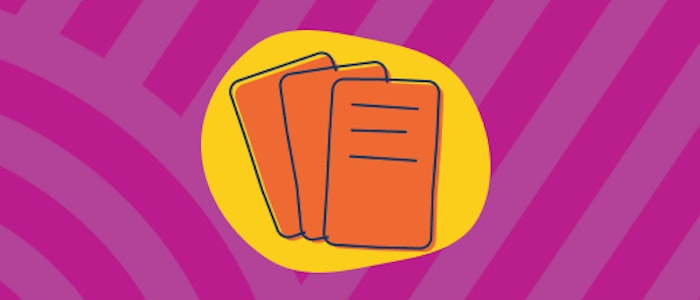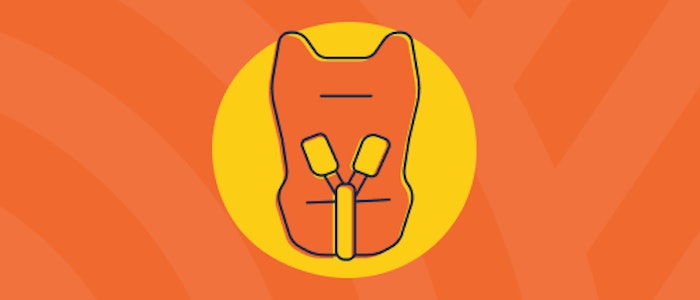Assessment & Results
Learn about the assessment and results of AuSAP
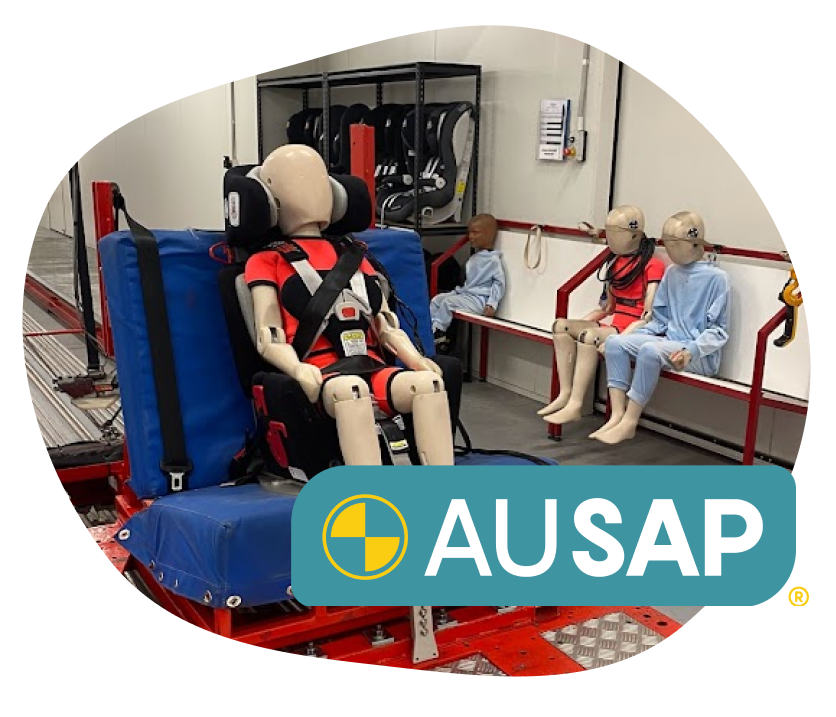
Assessments
AuSAP's scope of work includes special purpose car seats, modified car seats, specialty harnesses/vests and lie flat child restraints.
The first program focused on special purpose car seats and lie flat child restraints, with further research into modified car seats and specialty harness/vests underway.
To date over 200 assessments, involving 37 products, have been undertaken. This total figure includes 103 assessments undertaken as part of NeuRA PhD research.
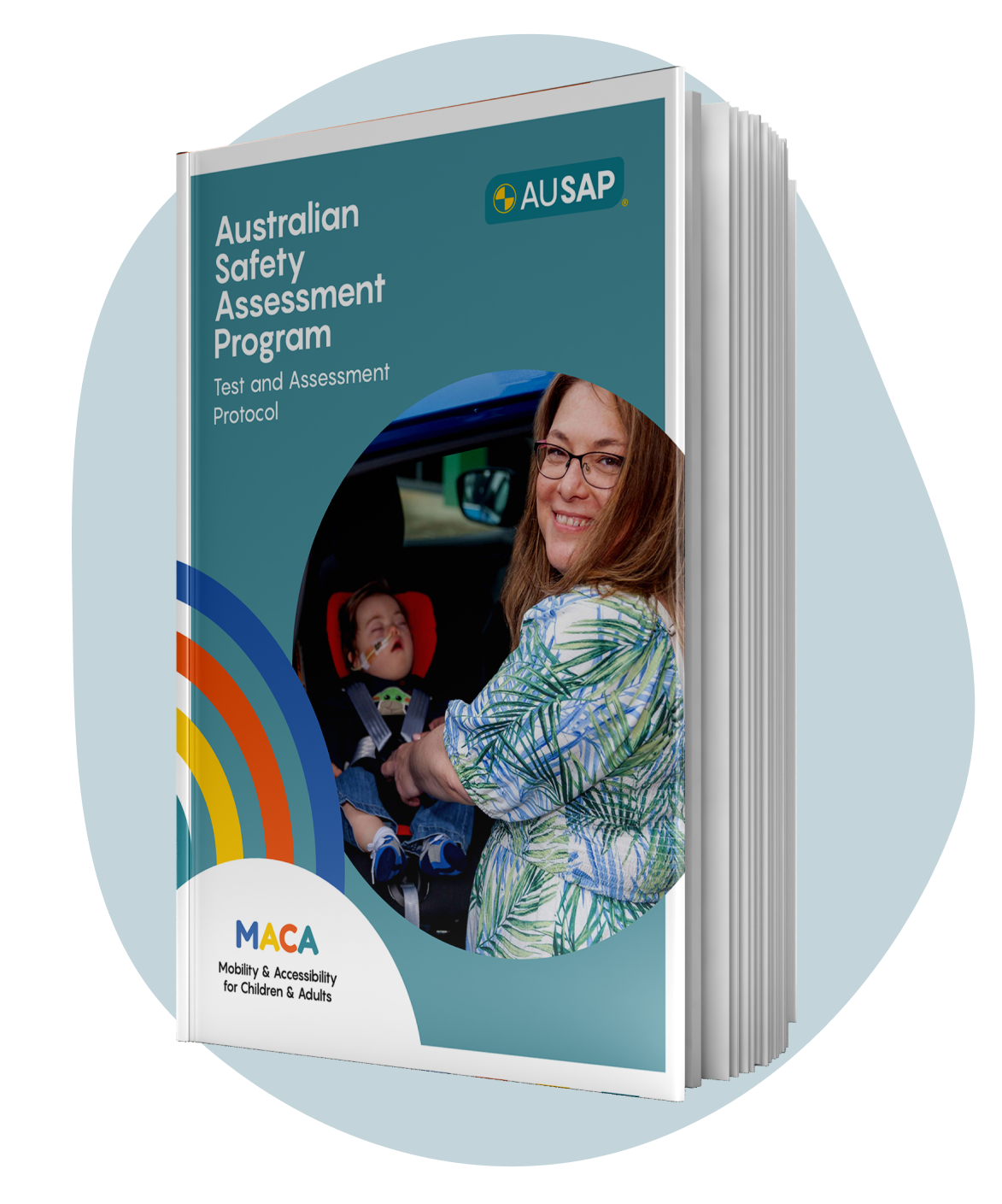
Protocol development
The development of the AuSAP Test and Assessment Protocol involved extensive research and investigation over nearly 12 months (2020/21).
The Expert Committee investigated relevant Australian and overseas standards (and test methods), including from Europe, Canada, USA, China, Brazil and Japan.
The project team also undertook a desktop review of the various independent child restraint assessment programs in Australia and internationally and found that no program includes specialty vehicle restraint systems. Further a literature search identified limited research about specialty vehicle restraint products and methods for safety and performance testing.
The Expert Committee agreed side impact testing was important and that either ECE r129 or AS/NZS 1754 be considered. In recognition that all mainstream child restraint systems in Australia comply with AS/NZS 1754, and that it is widely recognised as one of the most rigorous child restraint standards, it was chosen.
The AuSAP Test and Assessment Protocol was developed using selected criteria (frontal and side impact) from AS/NZS 1754:2013.
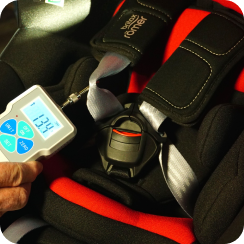
Product inspections
As well as frontal and side impact crash tests, the AuSAP Test and Assessment Protocol includes a limited assessment of design features. This includes a hands-on assessment to identify and evaluate potential sources of risk not covered by dynamic assessments, and any potential issues that may pose challenges to set-up – for example, foot props, double top tether connectors, adjustable sash guides.
Post-test reviews are also conducted to examine and document outcomes from the dynamic testing, particularly where components fail.
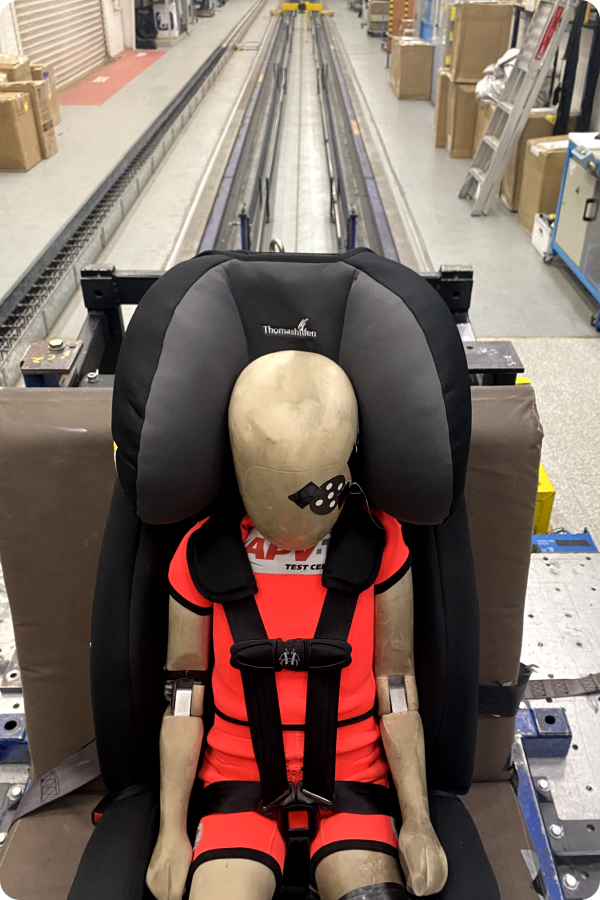
Testing facilities
Several test facilities in Australia were investigated to determine suitability for AuSAP testing.
This included:
- Crashlab, NSW Centre for Road Safety, Sydney
- Britax Childcare Pty Ltd (Britax) – Crash Test Facility in Sunshine West, Melbourne, Victoria
- APV-T Test Centre in Campbellfield, Melbourne, Victoria
- Neuroscience Research Australia (NeuRA), Transurban Road Safety Centre, Randwick, NSW
As a result of this review both NeuRA (Transurban Road Safety Centre) and Britax Childcare Pty Ltd offered to support AuSAP crash testing in-kind.
The first AuSAP crash testing program, involving 15 special purpose car seats, was undertaken from June 2021 until August 2022. The testing took place at Britax, NeuRA and the APV-T Test Centre.
More recently Transport for NSW (Safer Vehicles and Crashlab) has offered support with the first tests undertaken early 2025.
Learn about the crash tests and results
To date over 200 assessments, have been completed, involving 37 products. This includes tests undertaken as part of NeuRA PhD research.


